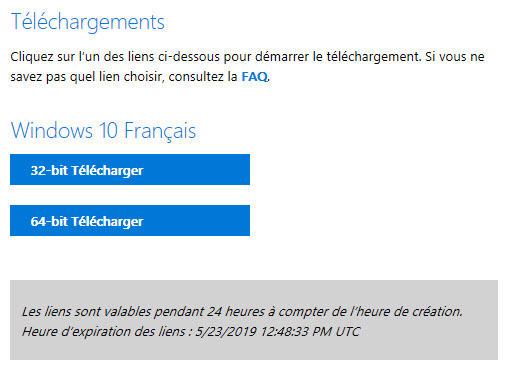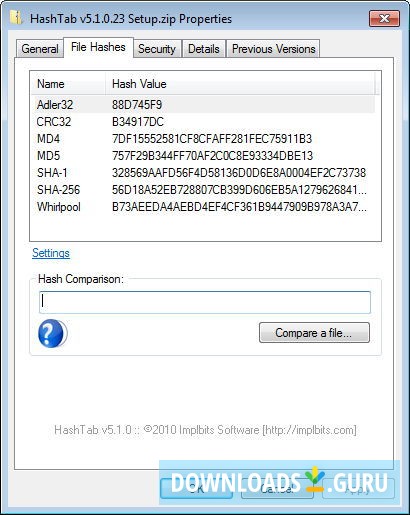
In the example below, the asterisk (*) option displays the file’s hash value using all available algorithms.

Installing 7-zip on your computer automatically adds a context menu option to generate the checksum of a file.
HASHTAB WINDOWS 10 FREE
7-ZipĪre you tired of using the command-line and are looking for a graphical tool to create file checksum in Windows? 7-zip is a popular and free file compression tool that is capable of generating a file’s hash value. Not all third-party tools are free, but a few free and popular utilities are shown below. If for some reason, you find that the built-in tools to generate file checksums in Windows are not enough, there are third-party tools available. Using Third-Party Tools to Create File Checksums in Windows Using Get-ChildItem and Get-FileHash to compute the hash values for each file in a folder. But, certutil.exe has a feature for creating file checksum’s in Windows using the following hash algorithms:įire up PowerShell or a command prompt to start computing file checksums, using the syntax shown below. The primary purpose of certutil.exe is for certificates. The exact program name is certutil.exe, which is available out-of-the-box. Using CertutilĬertutil is another excellent tool to generate a file’s checksum in Windows. What do you think so far? I know you’re ready to learn the next tool. Despite this, in the absence of other tools, FCIV can still serve as a great alternative.Īt this point, you’ve created MD5 and SHA-1 hash values using the fciv.exe tool. Microsoft officially declared that FCIV is an unsupported command-line tool. While FCIV is a handy tool for computing file hashes, FCIV is older, and the hashing algorithms are limited to MD5 and SHA-1. If your file is located elsewhere, modify the location appropriately.Ĭomputing both MD5 and SHA-1 checksum using fciv.exe. Run the command below in a command prompt or PowerShell prompt to generate the MD5 checksum of the file VSCodeUserSetup-圆4-1.52.1.exe. Suppose that you’ve installed the FCIV tool in C:\Tools\fciv.exe. The File Checksum Integrity Verifier (FCIV) Microsoft tool was originally introduced in Windows Server 2012 R2 and is available for all future versions. The File Checksum Integrity Verifier (FCIV) Prerequisites for each method of generating checksums will be provided as needed. The top zone shows the hash values of the selected hashes. To compute the hash of a file, you right-click on the file, select Properties, and then click the tab labeled File Hashes.
HASHTAB WINDOWS 10 WINDOWS 10
To follow along, make sure you have at least a computer running Windows 10 or at a minimum Windows Server 2012. Hashtab implements its user interface as a Windows Explorer file property page. Some tools used in this article are built-in or provided by Microsoft some are also from third-party sources. Since this is a how-to article, you will follow the learning-by-doing approach.

Generating Hashes For Multiple Files Simultaneously.Using the PowerShell Get-FileHash Cmdlet.The File Checksum Integrity Verifier (FCIV).


 0 kommentar(er)
0 kommentar(er)
